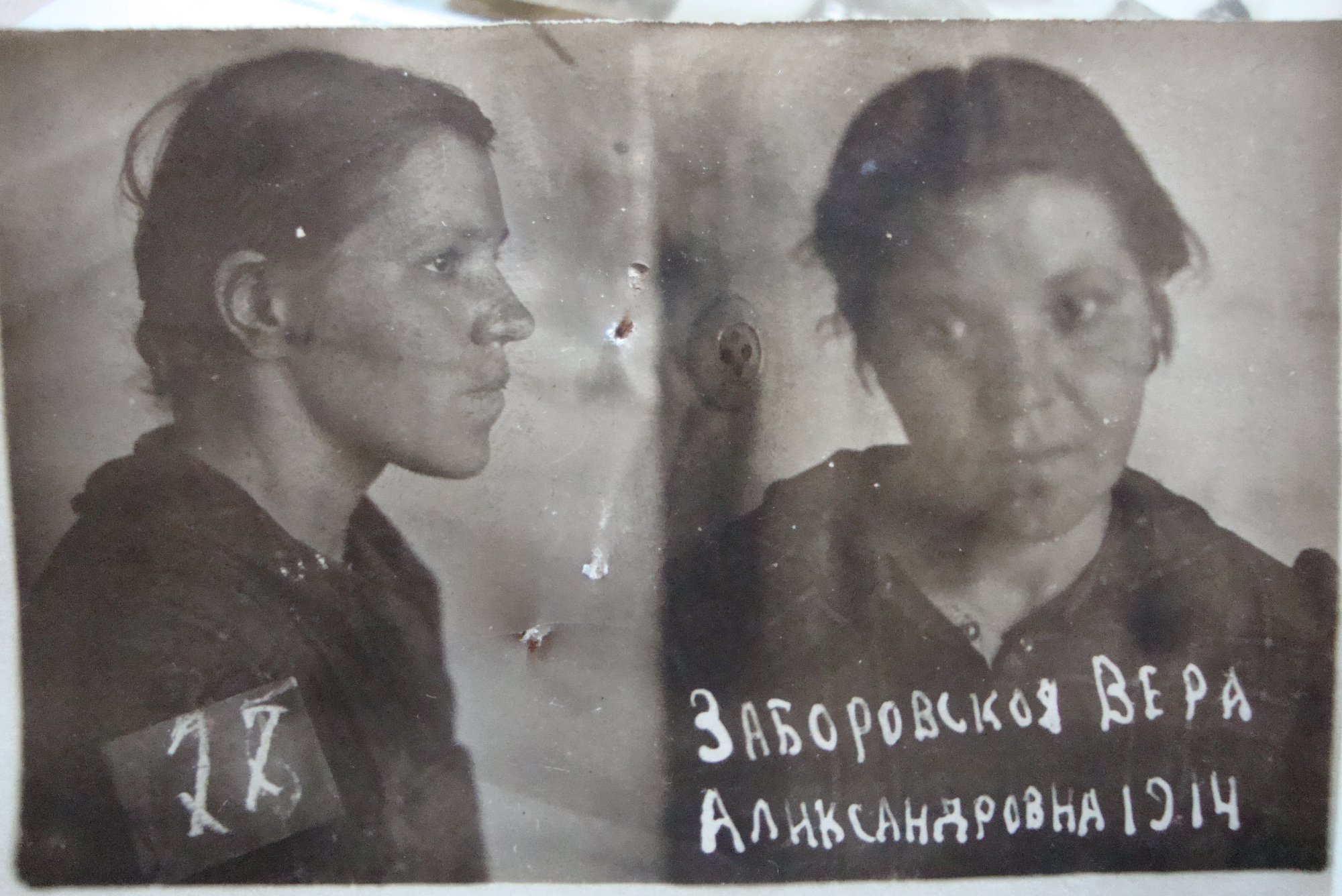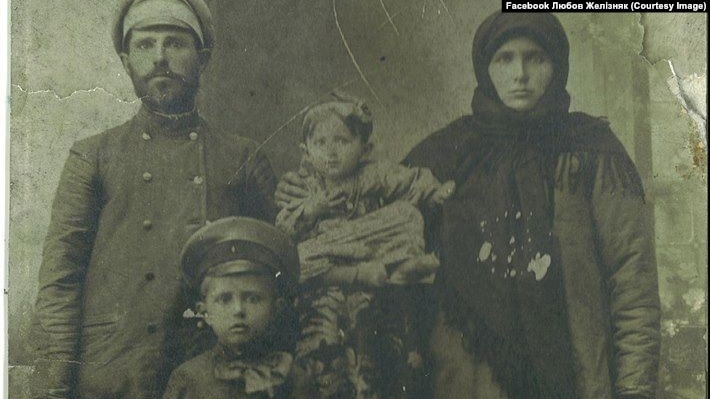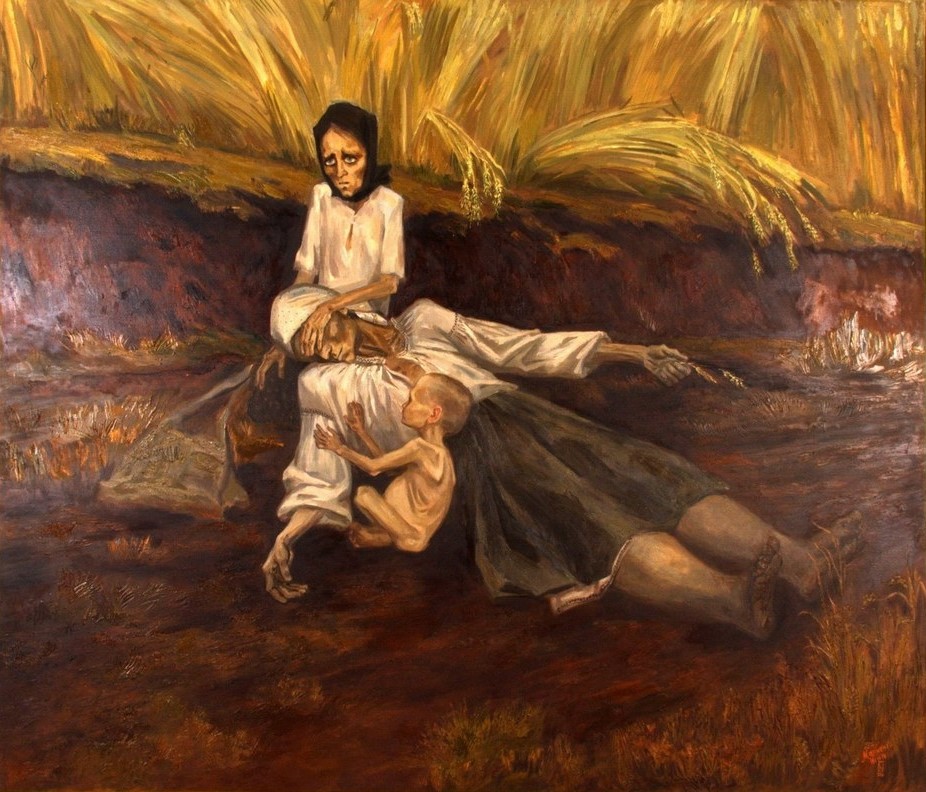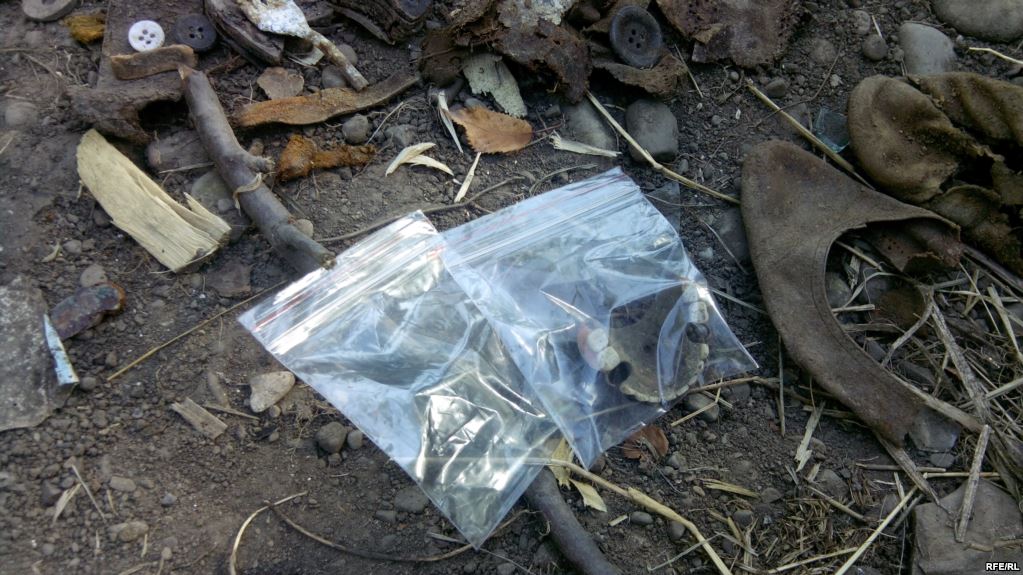The international media will embrace all things Bolshevik this autumn as the world marks the centenary of the Russian Revolution. Audiences can expect everything from gushing feature articles about early Soviet cinematography to edgy op-eds on the place of propaganda posters in twentieth-century art.
Amid this deluge of Communist kitsch, we are unlikely to see a serious analysis of Ukraine’s 1917–21 statehood bid and its considerable relevance to the geopolitical tensions of today.
- The Ukrainian Revolution of 1917 and why it matters for historians of the Russian revolution(s)
- Illusion of a friendly empire: Russia, the West, and Ukraine’s independence a century ago
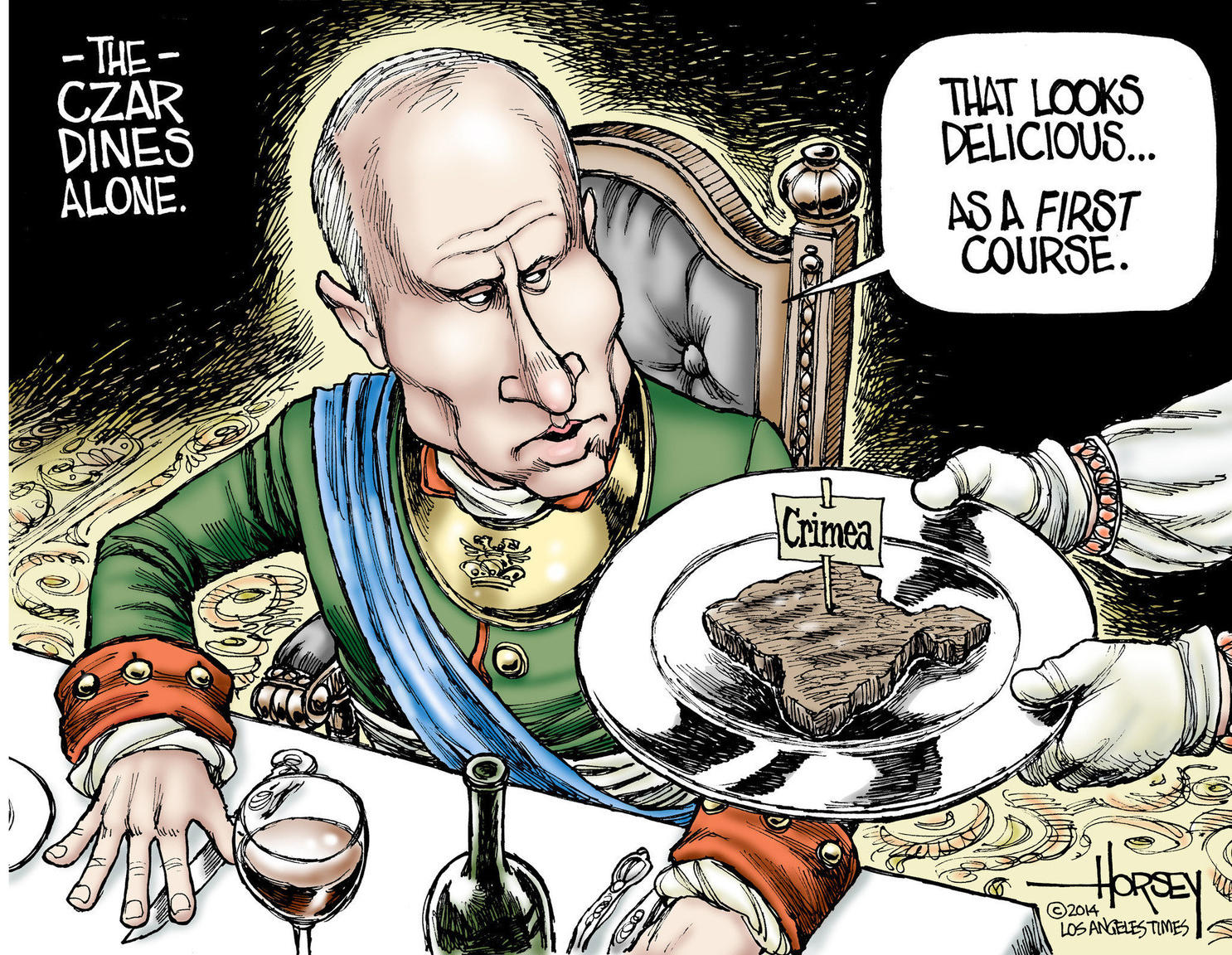
- Symbolic expansion: how Putin annexes history, not only territories
- Moscow writes its own History of Crimea
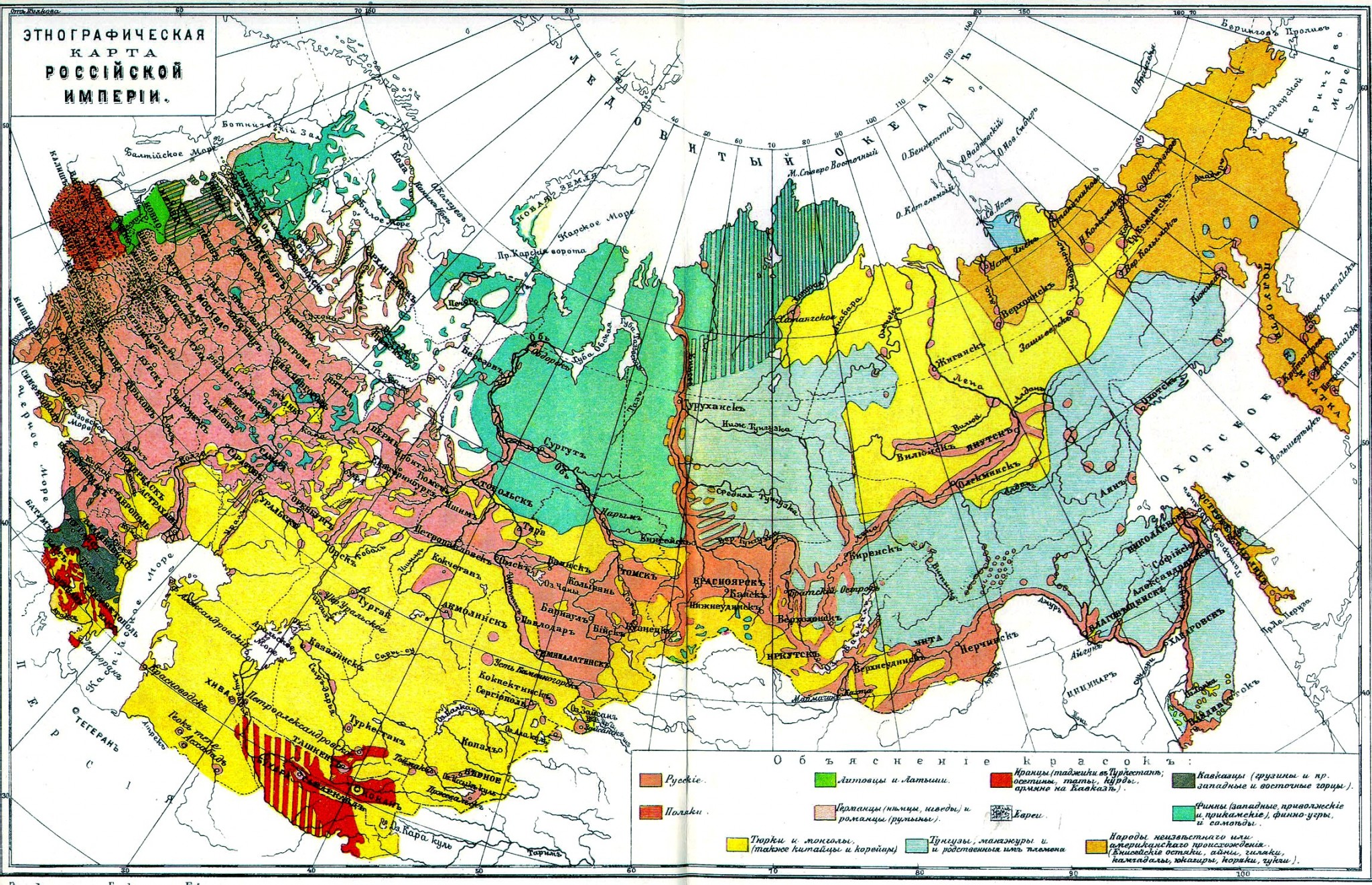
- Seven things Russians need to understand about their country and themselves now
- Building a new Russia means rooting out Stalin’s destructive Soviet legacy
- The Soviet foundations of Russia’s Great Patriotic War myth
- Soviet myths about World War II and their role in contemporary Russian propaganda
- Nazi dreams of an enslaved Ukraine: the blind spot of Germany’s historical memory – Timothy Snyder
- Why we need a discussion about Germany’s historical responsibility toward Ukraine
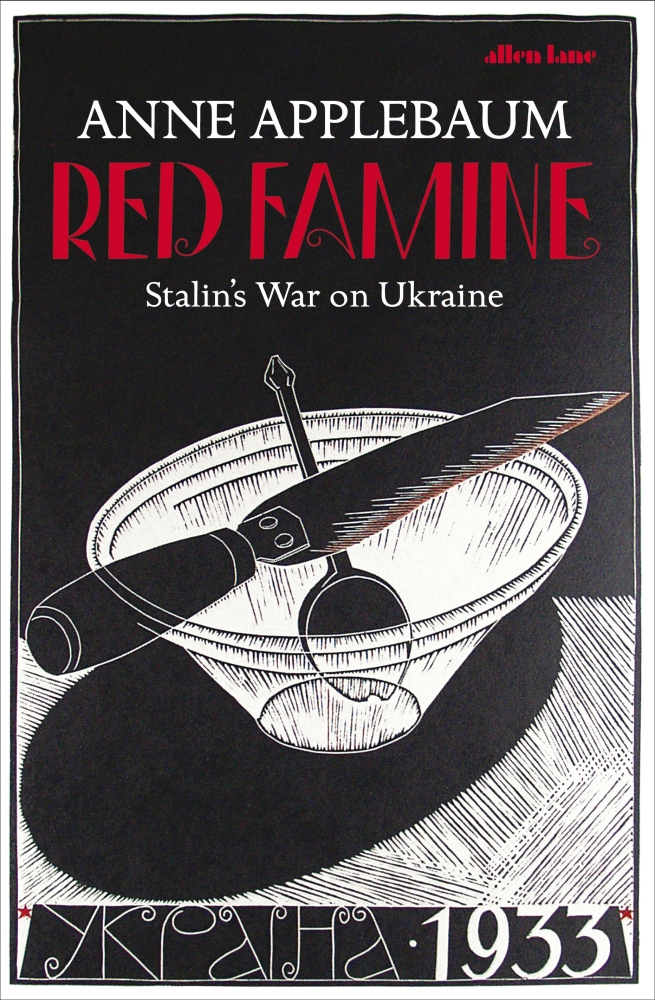 Another historian providing fresh insight into Ukrainian history is Anne Applebaum, whose latest book focuses on the horrors of the manufactured famine that served as the centerpiece of Stalin’s genocidal 1930s “War on Ukraine.” Applebaum’s book is a timely addition that places the famine within the broader context of the Soviet campaign to crush the Ukrainian peasantry and intelligentsia. However, it is noteworthy that even the most favorable reviews have treated the book’s contents as revelatory in nature, highlighting just how obscure this apocalyptic episode remains.
If they had known more about the famine, global audiences would probably not have been so unprepared for the fake news epidemic unleashed by the Kremlin since 2014. They would have been familiar with the dark power of Kremlin fakery thanks to the awareness of the way the Soviets covered up the 1930s famine in Ukraine, which remains the most elaborate and successful fake news operation in world history. Instead, this well-worn Kremlin strategy has been hailed as an entirely new form of warfare altogether.
Read more:
Another historian providing fresh insight into Ukrainian history is Anne Applebaum, whose latest book focuses on the horrors of the manufactured famine that served as the centerpiece of Stalin’s genocidal 1930s “War on Ukraine.” Applebaum’s book is a timely addition that places the famine within the broader context of the Soviet campaign to crush the Ukrainian peasantry and intelligentsia. However, it is noteworthy that even the most favorable reviews have treated the book’s contents as revelatory in nature, highlighting just how obscure this apocalyptic episode remains.
If they had known more about the famine, global audiences would probably not have been so unprepared for the fake news epidemic unleashed by the Kremlin since 2014. They would have been familiar with the dark power of Kremlin fakery thanks to the awareness of the way the Soviets covered up the 1930s famine in Ukraine, which remains the most elaborate and successful fake news operation in world history. Instead, this well-worn Kremlin strategy has been hailed as an entirely new form of warfare altogether.
Read more:
- Why the Holodomor is genocide under UN convention: On Anne Applebaum’s Red Famine
- History, identity, and Holodomor denial: Russia’s continued assault on Ukraine
Peter Dickinson is a nonresident fellow at the Atlantic Council and publisher of Business Ukraine and Lviv Today magazines. He tweets @Biz_Ukraine_Mag. The article was originally published on atlanticcouncil.org.
Related:
- The Ukrainian Revolution of 1917 and why it matters for historians of the Russian revolution(s)
- Illusion of a friendly empire: Russia, the West, and Ukraine’s independence a century ago
- Seven reasons why Putin’s war in Ukraine is a turning point in Russian and world history
- Symbolic expansion: how Putin annexes history, not only territories
- Moscow writes its own History of Crimea
- Ukraine remembers 100 years of revolution
- Putin and history – a dangerous combination
- Seven things Russians need to understand about their country and themselves now
- Building a new Russia means rooting out Stalin’s destructive Soviet legacy
- The Soviet foundations of Russia’s Great Patriotic War myth
- Soviet myths about World War II and their role in contemporary Russian propaganda
- Nazi dreams of an enslaved Ukraine: the blind spot of Germany’s historical memory – Timothy Snyder
- Why we need a discussion about Germany’s historical responsibility toward Ukraine
- Why the Holodomor is genocide under UN convention: On Anne Applebaum’s Red Famine
- History, identity, and Holodomor denial: Russia’s continued assault on Ukraine
- On Holodomor denial, and fisking a denialist Russian professor of history
- Why compare the Holodomor and the Holocaust


